Bear is amazing animal. They live in different places and have unique habits. In this article, we will look at different types of bears like grizzly, polar, and brown bears. We will also explore where they live, how they behave, and what threats they face. You will see how bears hibernate, what they eat, and how we can help protect them. Stick around to learn all about bears and why they are so important.
Bears are fascinating creatures that play vital roles in their ecosystems. Whether you’re curious about their behavior, habitat, or conservation status, this guide will provide you with in-depth and engaging information about these magnificent animals.
Introduction to Bear
Bears are large mammals belonging to the Ursidae family. They are known for their diverse range of species and their important ecological roles. From the dense forests to the icy Arctic regions, bears are adaptable and resilient, making them a subject of great interest.
Types of Bears
Grizzly Bear
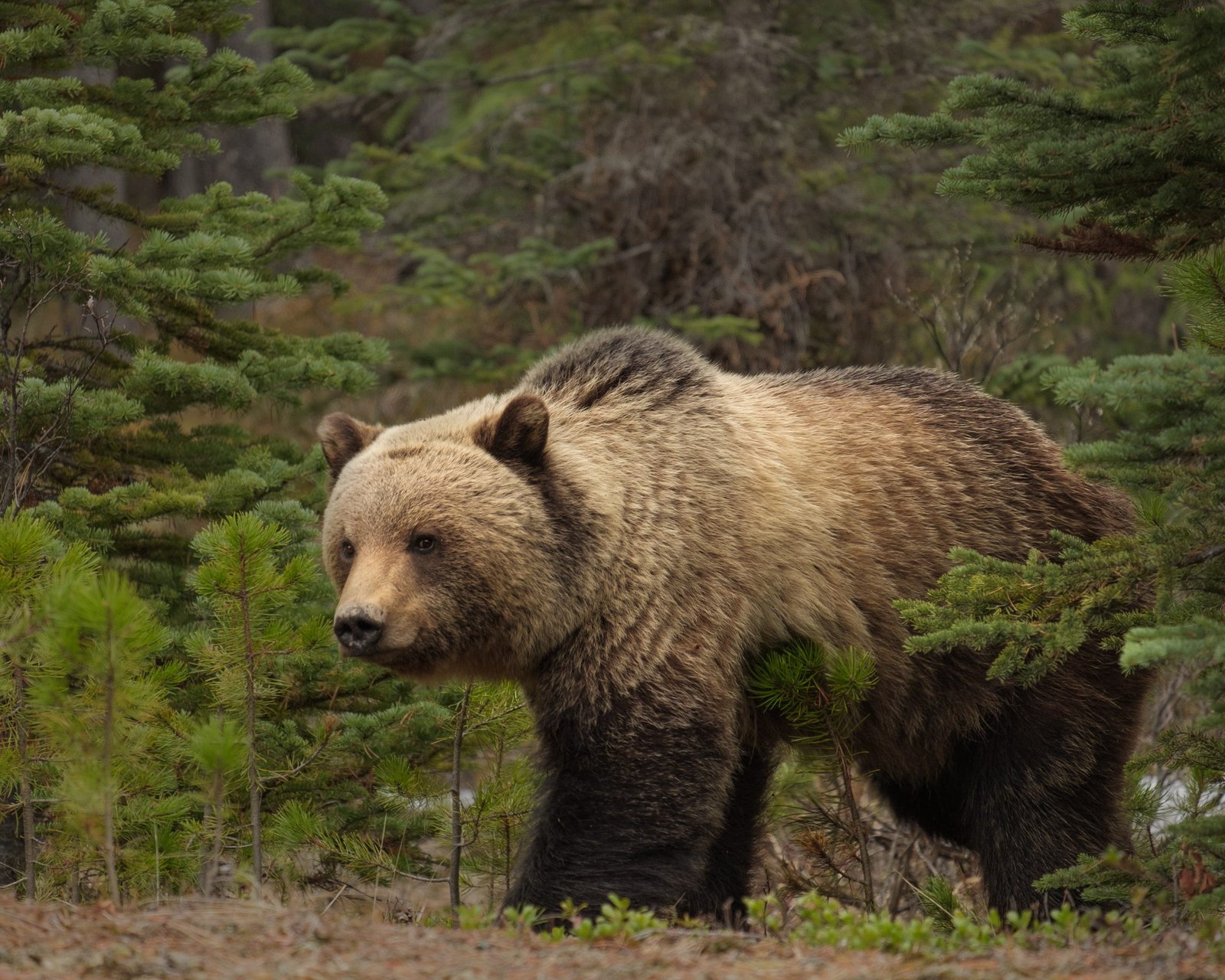
Grizzly bears are one of the most well-known species. They are distinguished by their large size and powerful build. Found primarily in North America, grizzlies inhabit forests, mountains, and river valleys. Their diet is omnivorous, consisting of plants, insects, and small mammals.
- Characteristics and Habitat: Grizzly bears are identifiable by their distinct hump on the shoulders, which is due to their large muscles. They are typically found in regions with abundant food sources.
- Behavior and Diet: These bears are known for their foraging habits, which include fishing for salmon and scavenging for berries.
Polar Bear

Polar bears are uniquely adapted to the Arctic environment. Their thick, white fur and large size help them survive in freezing temperatures.
- Adaptations to Arctic Conditions: Polar bears have a layer of fat and dense fur to keep warm. Their large paws help them swim long distances.
- Threats and Conservation Status: Climate change poses a significant threat to polar bears by melting their sea ice habitat. Conservation efforts are crucial for their survival.
Brown Bear

Brown bears are found across North America, Europe, and Asia. They vary in size and color, from light brown to nearly black.
- Geographic Distribution: They inhabit a wide range of environments, including forests, grasslands, and mountain regions.
- Differences from Grizzly Bears: Brown bears in North America are often referred to as grizzlies when found in the interior, while coastal brown bears can be larger due to their diet.
Kodiak Bear

Kodiak bears are a subspecies of the brown bear found on Kodiak Island in Alaska. They are among the largest bear species.
- Size and Unique Features: Kodiak bears can weigh up to 1,500 pounds, making them one of the largest bears.
- Range and Habitat: They thrive in the rugged terrain of Kodiak Island, where they have access to abundant fish and vegetation.
Lesser-Known Bear Species
- Sloth Bears: Native to India, sloth bears have a shaggy coat and a diet that includes insects and fruits.
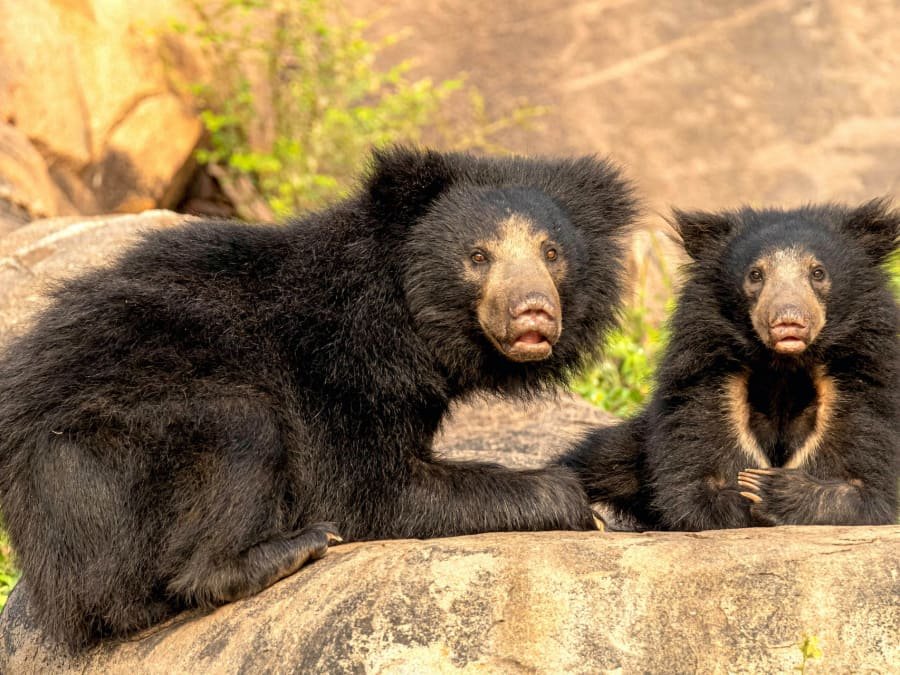
- Sun Bears: Found in Southeast Asia, sun bears are the smallest bear species and are recognized by their short, sleek fur and distinctive chest mark.
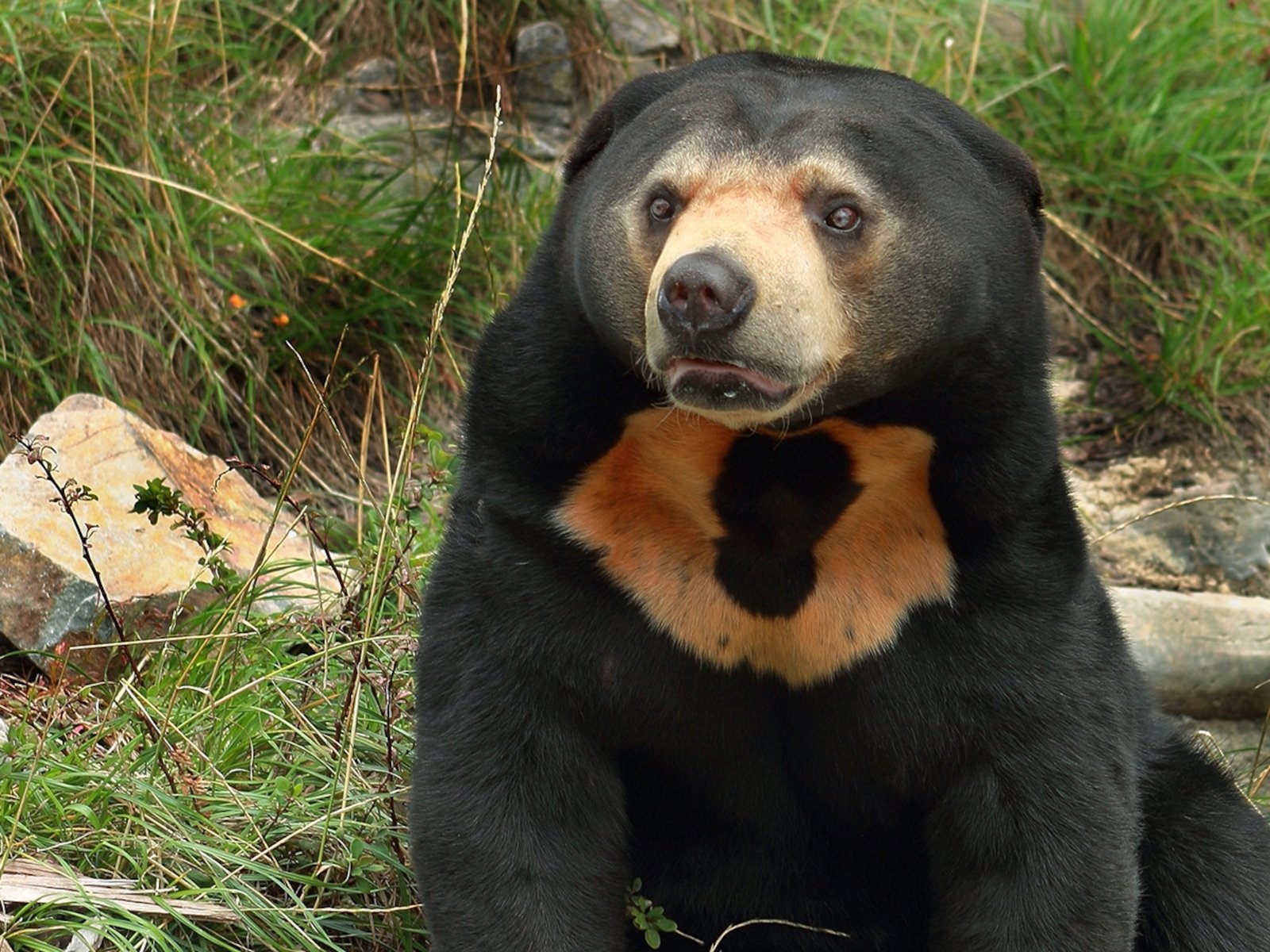
Bear Behavior and Habits
Hibernation Patterns
Bears are known for their hibernation during the winter months. This period of dormancy helps them survive when food is scarce.
- How Bears Hibernate: Bears enter a state of torpor, where their metabolic rate drops significantly, allowing them to live off their fat reserves.
- Benefits of Hibernation: Hibernation helps bears conserve energy and survive harsh winter conditions.
Feeding and Diet
Bears are omnivorous and have a varied diet that changes with the seasons.
- Omnivorous Diet and Foraging Habits: They consume a mix of plants, fruits, insects, and meat. In the spring, they may eat roots and berries, while in the fall, they focus on fattening up for winter.
- Seasonal Dietary Changes: Their diet adapts to the availability of food, which can vary widely depending on their location.
Reproductive Behavior
Bear reproduction involves intricate mating rituals and the rearing of cubs.
- Mating Rituals: Bears typically mate during the spring and summer months, and females give birth to cubs in winter dens.
- Cubs’ Growth and Development: Cubs are born blind and helpless, relying on their mother’s care for survival. They grow rapidly during the spring and summer.
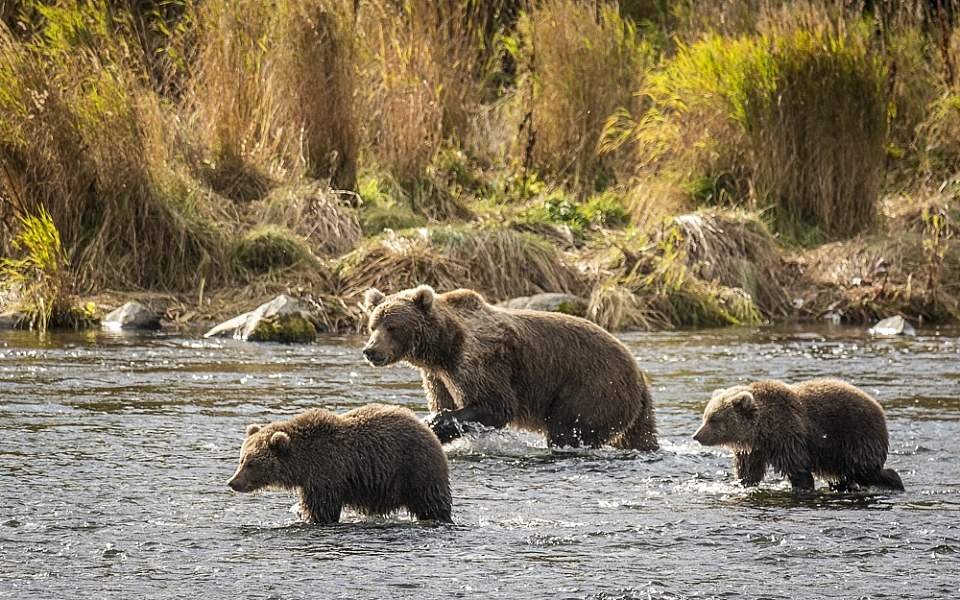
Bear Habitats and Ranges
Forests and Woodlands
Bears in forested areas benefit from abundant food sources and shelter.
- Specifics of Bear Habitats in Temperate Regions: These habitats provide a diverse range of food and shelter options, which support bear populations.
Arctic Regions
Polar bears are the primary inhabitants of Arctic regions, where they are specially adapted to the cold.
- Adaptations of Polar Bears to Icy Environments: Their large, webbed paws are ideal for swimming, and their thick fur provides insulation.
Mountainous Areas
Kodiak bears and other species thrive in mountainous regions, where they have access to unique food sources.
- Bears in Mountainous Regions: The rugged terrain provides both challenges and opportunities for these bears.
Conservation Areas and Protected Regions
Conservation efforts are crucial in protecting bear habitats.
- Importance of Conservation Efforts: Protected areas help ensure that bear populations can thrive and recover from threats.
Conservation and Threats
Environmental Changes
Climate change and habitat destruction are significant threats to bear populations.
- Impact of Climate Change on Bear Habitats: Melting ice and changing ecosystems affect food availability and habitat.
Human-Bear Conflicts
Encounters between humans and bears can lead to dangerous situations.
- Common Issues and Prevention Methods: Proper food storage and bear-proofing techniques can reduce conflicts.

Conservation Efforts
Various organizations work to protect bears and their habitats.
- Key Organizations and Initiatives: Groups like the World Wildlife Fund (WWF) and the International Polar Bear Conservation work on bear protection.
Safety and Bear Encounters
How to Stay Safe in Bear Country
Knowing how to behave in bear habitats can prevent dangerous encounters.
- Precautions and Safety Tips: Make noise to alert bears of your presence and avoid approaching them.
Bear-Proofing Techniques
Proper precautions can help keep bears away from human areas.
- Methods to Secure Food and Waste: Use bear-proof containers and properly dispose of waste.
Interesting Facts About Bears
Unique Adaptations
Bears have evolved various adaptations to survive in their environments.
- Physical and Behavioral Adaptations: From thick fur to powerful limbs, bears are well-equipped for their habitats.
Cultural Significance
Bears feature prominently in various cultures and folklore.
- Bears in Folklore and Mythology: Many cultures revere bears as symbols of strength and bravery.
Notable Bear Species and Stories
Throughout history, certain bears have gained fame.
- Famous Bears in History and Media: Bears like Winnie the Pooh and Knut the polar bear have captured public imagination.
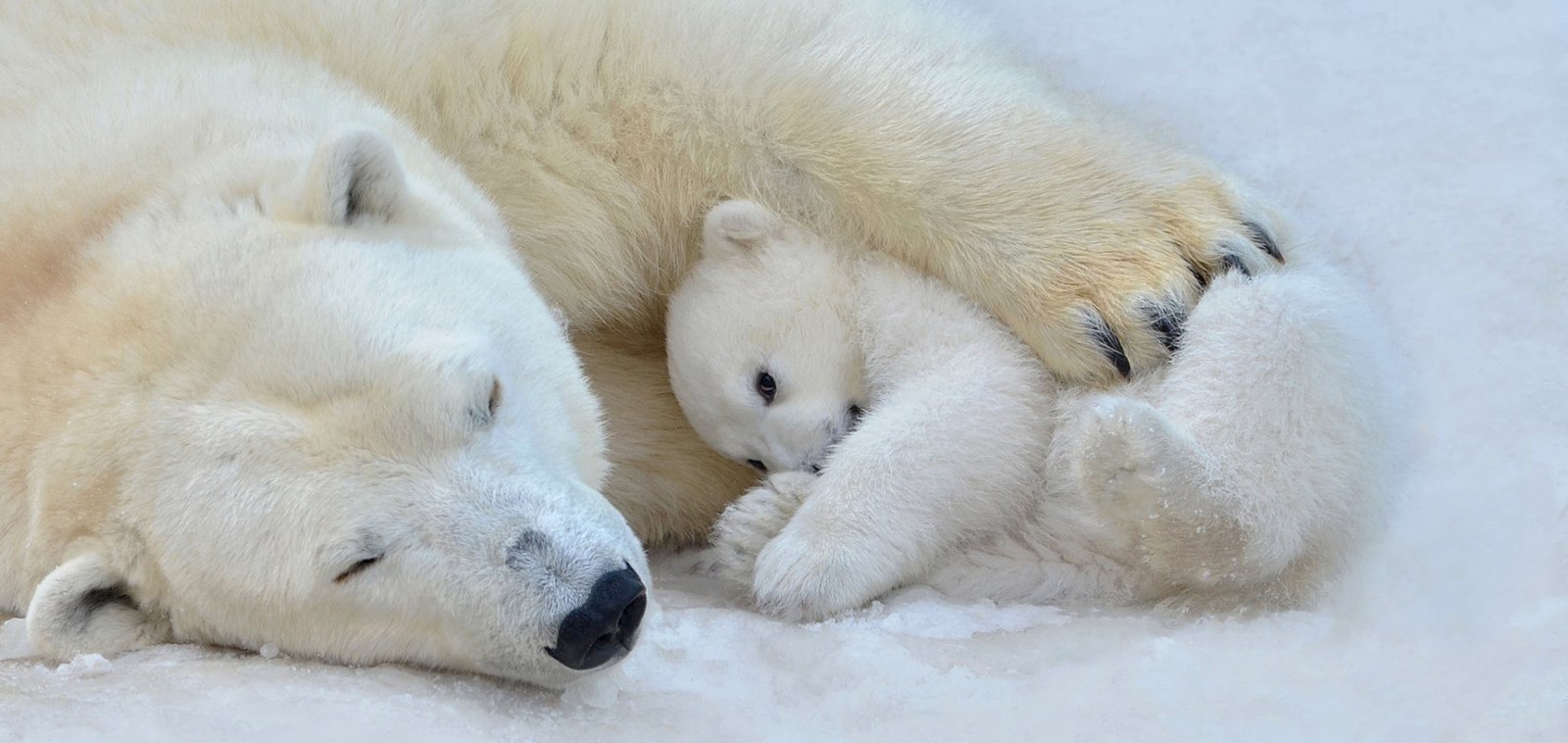
Additional Resources
For those interested in learning more about bears, several resources can provide further information.
- Recommended Reading and Websites: Books like “Bears: A Year in the Life” and websites like the National Wildlife Federation offer in-depth knowledge.
- Documentaries and Educational Videos: Films such as “The Bear” and “Polar Bear: Ice Bear” provide visual insights into the lives of bears.
- Organizations and Support Groups: Joining groups like the Bear Conservation Network can connect you with others passionate about bear protection.
Conclusion
We’ve covered a lot about bears – different types, their behaviors, habitats, and conservation needs. Understanding these aspects helps us appreciate and protect these incredible animals. Feel free to leave comments, share this article, or explore more content on our website. Your engagement helps spread awareness and support for bear conservation.
FAQs about Bear
What Are the Different Types of Bears?
There are several types of bears, each with unique characteristics and habitats. The major species include grizzly bears, polar bears, brown bears, Kodiak bears, and lesser-known species like sloth bears and sun bears. Each species has adapted to its environment, whether it’s the icy Arctic for polar bears or the dense forests for grizzly bears. Understanding these types helps in appreciating their diverse roles in nature.
How Do Bears Behave During Hibernation?
Bears hibernate to survive periods when food is scarce. During hibernation, their metabolic rate drops significantly, allowing them to live off fat reserves. They enter a state of torpor where their body temperature decreases, but they remain alert to disturbances. Hibernation helps them conserve energy through the winter months when food is not readily available.
What Do Bears Eat?
Bears are omnivores, meaning they eat both plants and animals. Their diet varies with seasons and species. For instance, grizzly bears might consume berries, insects, and small mammals, while polar bears primarily eat seals. Bears’ diets can shift significantly based on the availability of food resources throughout the year.
What Threats Do Bears Face?
Bears face several threats including habitat loss, climate change, and human-wildlife conflicts. Polar bears are particularly impacted by melting ice due to global warming, while grizzly bears often encounter conflicts with human activities. Conservation efforts are crucial to mitigating these threats and ensuring bear populations remain stable.
How Can We Stay Safe During Bear Encounters?
When in bear country, safety is crucial. To avoid dangerous encounters, make noise to alert bears of your presence and never approach them. Keep food secure and use bear-proof containers to prevent attracting bears. Knowing how to act during an encounter, such as avoiding eye contact and backing away slowly, can help prevent conflicts.